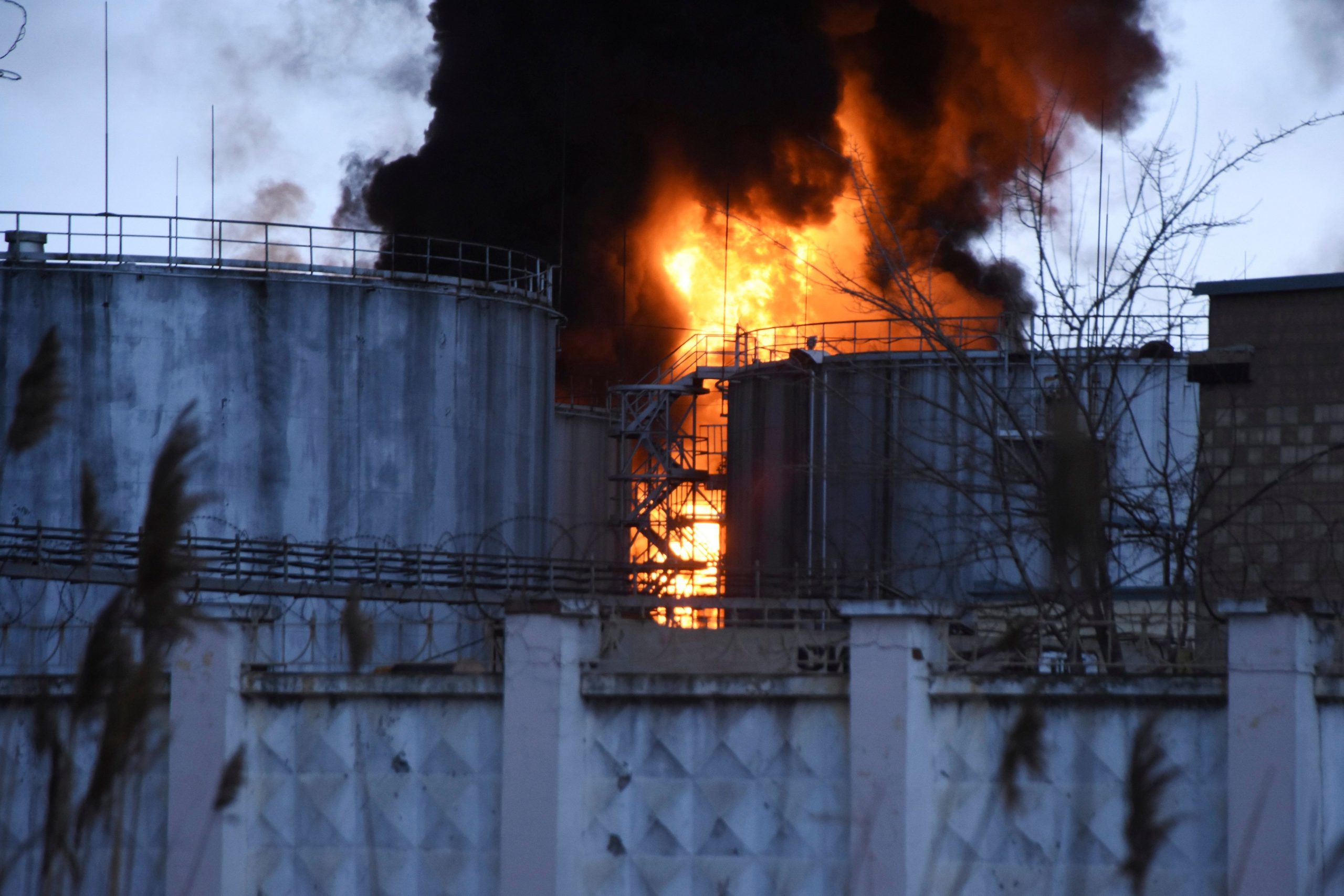Russia has increasingly resorted to complex weaponry as the conflict in Ukraine continues. After the Kinzhal hypersonic missile attacks, Russia has begun using Bastion missiles in the war-torn nation as well.
The Russian Ministry of Defense, on March 23, shared a video of the K-300P Bastion-P missile system hitting ground targets. The MOD claimed, “The missiles fired from the Bastion systems destroyed a large arsenal of weapons and military equipment of the Ukrainian troops, including those received from Western countries”, as per The Eurasian Times.
Also Read | After Mariupol, Odesa? Russian airstrikes now target Black Sea port city
A Russian defence spokesperson further claimed that this missile system was deployed to hit Ukrainian military sites near the Black Sea port city of Odesa. Open-source intelligence suggests the missile was launched from a Crimean site.
On May 1, Odesa’s regional governor Maxim Marchenko said in a Telegram video “Today, the enemy struck with a Bastion coastal defence missile launched from Crimea. Odesa airport runway has been destroyed. Thank God there were no victims”.
Russia tested their Bastion missile systems in April, with TASS, the Russian state-run news agency reporting that drills were carried out in the Baltic Sea.
What is the Bastion missile system?
The Bastion coastal missile defence system is intended to defend a coastline over 600 km long, as per TASS. It can strike adversary surface ships of many types despite jamming or coming under fire. Each Bastion ammunition load might comprise up to 36 Oniks missiles.
A solid-fuel rocket booster propels these missiles, and they reach Mach 2.2 speeds with a liquid-fuel ramjet motor. If there is a high altitude cruise phase, the missile has a range of over 180 miles. However, with lower altitudes, it can cover 75 miles.
Also Read | In Russia journalists brave censorship, criticize Putin’s war in Ukraine
Standard Bastion-P batteries consist of a couple of command and control vehicles, a support vehicle, four launcher vehicles armed with two-ready to fire missiles, and four loader vehicles.
Its use in Ukraine highlights the potential to carry out land attacks, and an intriguing aspect of the Bastion missiles is that they can coordinate to ensure no more than one missile strikes the same target.
Also Read | ‘Friendship’ over with Russia, Kyiv statue wants Putin to ‘shoot’ himself
These missiles use an inertial navigation system (INS) which is supported by GLONASS, the Russian satellite navigation system. This guidance system helps the missile in the earlier part of its flight path, while Bastion missiles switch to active radar guidance when they approach the target.
Countries such as Syria, Indonesia, and Vietnam have already purchased Bastion missiles, The Eurasian Times reports.







